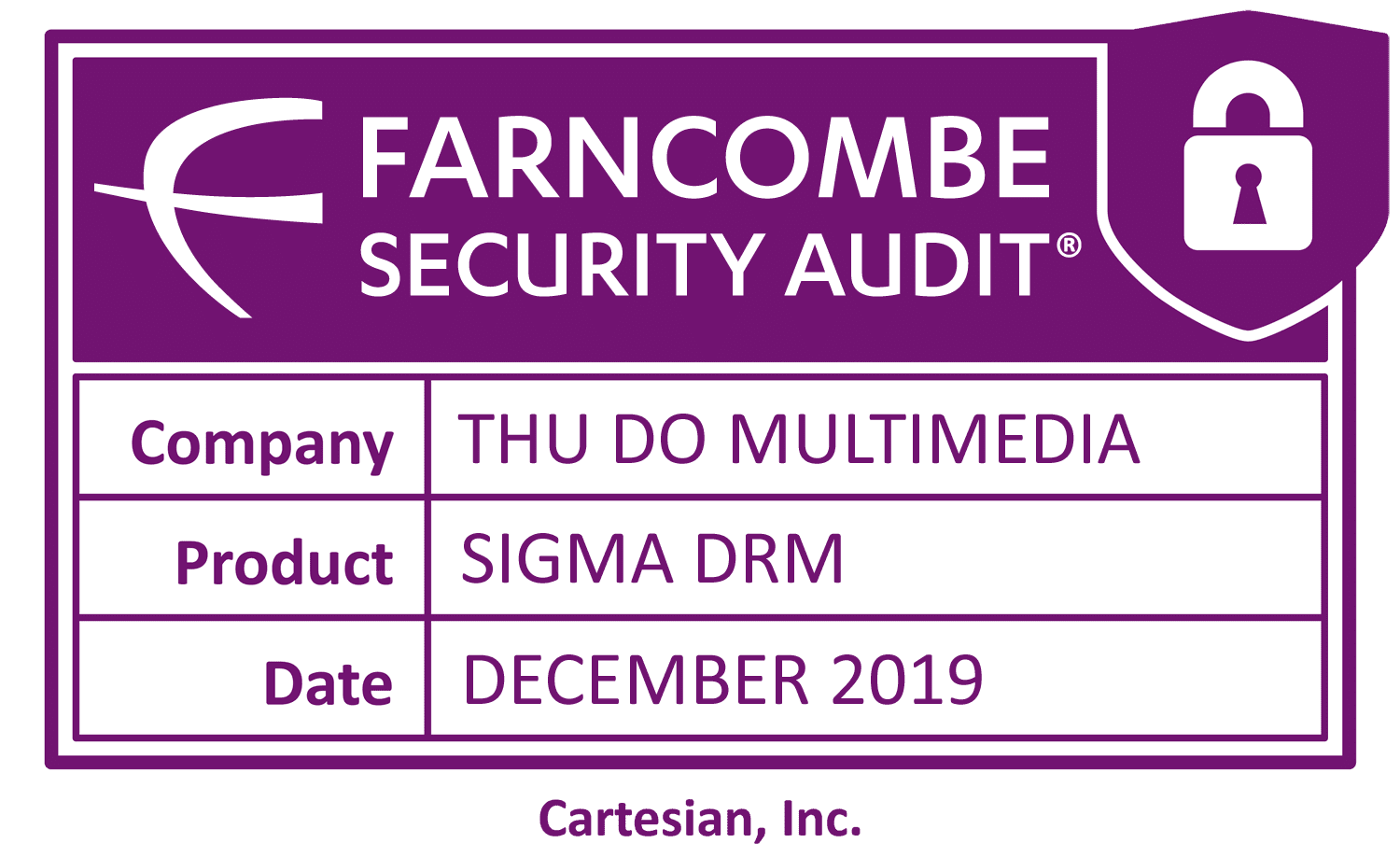Introduction
The rise of OTT (Over-the-Top) video providers in the digital age has led to a massive increase in content consumption. However, along with this surge, there has also been a significant growth in content theft, which is a major problem in the entertainment industry. Pirates have found ways to exploit weak points in the distribution process, posing a serious threat to OTT video providers.
Content theft not only hurts the revenue models of these providers but also has a negative impact on their popularity and the trust of their users. Interestingly, pirates have managed to outsmart OTT providers with their clever tactics – from copying DVDs to using advanced technology for early releases.
So how exactly do these pirates manage to stay one step ahead? In this article, we will explore the strategies used by these digital pirates behind the scenes.
Understanding Content Theft’ Strategies to Get Ahead
1. Ripping DVDs and Accessing Early Releases
When it comes to content theft, pirates often start with the basics: Ripping DVDs. This is a process where the content of a DVD is copied onto a computer or another storage device. Here’s how they do it:
- Software: Pirates use advanced software that can decrypt the protection on DVDs.
- Speed: With high-speed computers, they can rip content quickly and efficiently.
- Quality: The ripped content usually retains the high quality of the original media.

The significance of ripping DVDs extends beyond just copying content; pirates gain an edge by accessing releases ahead of their official launch in OTT streaming services. This early access is particularly enticing for audiences eager to consume the latest video entertainment without waiting for official release schedules.
Read More: 4 New Trends In Digital Television Industry That You Can’t Miss
Technological advancements play a crucial role in enabling pirates to outsmart OTT providers:
- Decryption Tools: Tools that break through copy protection mechanisms on discs are becoming more sophisticated.
- File Sharing: Once content is ripped, it’s disseminated through peer-to-peer networks, making it widely available.
- Online Storage: Cloud services facilitate quick upload and storage of large video files for easy sharing.
This process not only violates copyright laws but also disrupts the market dynamics. By offering early releases, pirates create a competitive disadvantage for legitimate providers who invest heavily in securing distribution rights.
The ability of pirates to obtain and distribute content before official release has profound implications for OTT streaming services. It undermines release strategies, impacts viewer retention, and overall, challenges the integrity of the video entertainment industry. As technology progresses, pirates continuously refine their methods, staying one step ahead in this clandestine race against content creators and distributors.
2. Utilizing Webrip to Obtain Content
Another method used by pirates to get ahead of OTT providers is the use of Webrip. This term refers to a high-quality video file that’s directly ripped from an online streaming service. Pirates usually obtain these files illegally from OTT providers, subsequently sharing them on pirate sites.
At a technical level, Webrip involves capturing streamed content using special software that can record video and audio output on a computer screen. Pirates often use sophisticated tools designed to bypass any protective measures put in place by the OTT platforms.

Implications of this method for content theft are quite severe:
- Revenue Loss: When users access pirated content instead of subscribing to legitimate OTT platforms, service providers lose out on potential revenue.
- Brand Integrity: Pirated content often carries the risk of quality degradation, which can impact the viewing experience, hence damaging the reputation of OTT platforms.
The practice of Webrip is not limited to small-time pirates; highly organized cybercriminal networks also employ it. Their main aim? To profit from ad revenues on pirate sites and potentially steal sensitive user information.
The sophistication involved in this method shows how advanced piracy techniques have become – a direct challenge for OTT streaming services in their bid to safeguard their digital content.
3. Other Sophisticated Techniques Employed by Pirates
Pirates are always finding new ways to outsmart OTT streaming services. They use advanced techniques to bypass the security measures put in place by these providers and steal their content. Here are two common methods they use:
- Content Encryption Breaking: Pirates use special software tools and exploit weaknesses in encryption algorithms to decode protected content from OTT platforms. This allows them to share high-quality copies of movies and shows on pirate websites, hurting the revenue and reputation of legal streaming services.
- Watermark Removal: OTT providers often add watermarks, which are unique marks or logos, to their videos as a way to identify where the content came from. Pirates have developed sophisticated software that can find and remove these watermarks, making it harder for providers to trace illegal copies of their content.
These piracy techniques pose significant challenges for OTT providers. As technology continues to advance, pirates are quick to adapt and find ways around new security measures. This constant battle between streaming services and digital pirates puts legitimate businesses at risk, with potential consequences such as loss of revenue, decrease in subscribers, and even job cuts.
To protect themselves in this competitive market, OTT providers must prioritize implementing stronger anti-piracy strategies.
Preventing Content Theft and Staying One Step Ahead of Pirates
Entities such as the Content Protection Coalition and various cybersecurity firms have dedicated themselves to safeguarding the integrity of OTT content. These organizations work tirelessly to thwart the efforts of those who illegitimately distribute stolen website content and engage in piracy. Their strategies are multifaceted, addressing both prevention and enforcement:
Collaboration with Law Enforcement Agencies
Cybersecurity experts and law enforcement agencies combine forces to track down and prosecute digital pirates. They utilize cutting-edge technology to monitor suspicious activities and identify the sources of illegal distribution.
Safeguarding Licensed Content
Protecting licensed content is paramount for OTT providers. When content is pirated, it undermines creators’ rights and diminishes industry profits, which can lead to broader economic repercussions.
Deployment of Anti-Piracy Solutions
A range of anti-piracy measures are at OTT providers’ disposal:
- DMCA Monitoring and Takedown Services: These services swiftly address infringements by removing unauthorized content from the web.
- Active Web Crawling: This proactive approach involves searching the internet for pirated copies and initiating quick action to take them down.
- Watermarking Technologies: By embedding a unique code into each video, piracy attempts can be tracked back to their source, deterring potential thieves.

OTT platforms are encouraged to adopt a comprehensive anti-piracy strategy that encompasses these solutions. By staying vigilant and embracing robust security measures, they can better protect their investments and ensure that viewers receive high-quality, legitimate content.
Conclusion
The ongoing battle between pirates and OTT video providers is like a never-ending game of cat and mouse. Pirates are always finding new ways to steal content, which means providers have to constantly work hard to protect their content.
The consequences of not taking action are serious – OTT video providers can experience:
- Loss of revenue
- Decrease in platform popularity
- Drop in subscribers
- Potential job cuts
In this tough situation, anti-piracy solutions become crucial for OTT video providers. It’s time to take a proactive approach and fight against content piracy. Get a free demo on Thu Do’s comprehensive anti-piracy solutions and secure your content from theft.
Remember, the battle against piracy may be challenging, but with the right preventive measures, you can come out on top.
Recently Award: Sigma OTT recognised as Hanoi Major Industrial Product in 2024


Recent Comments